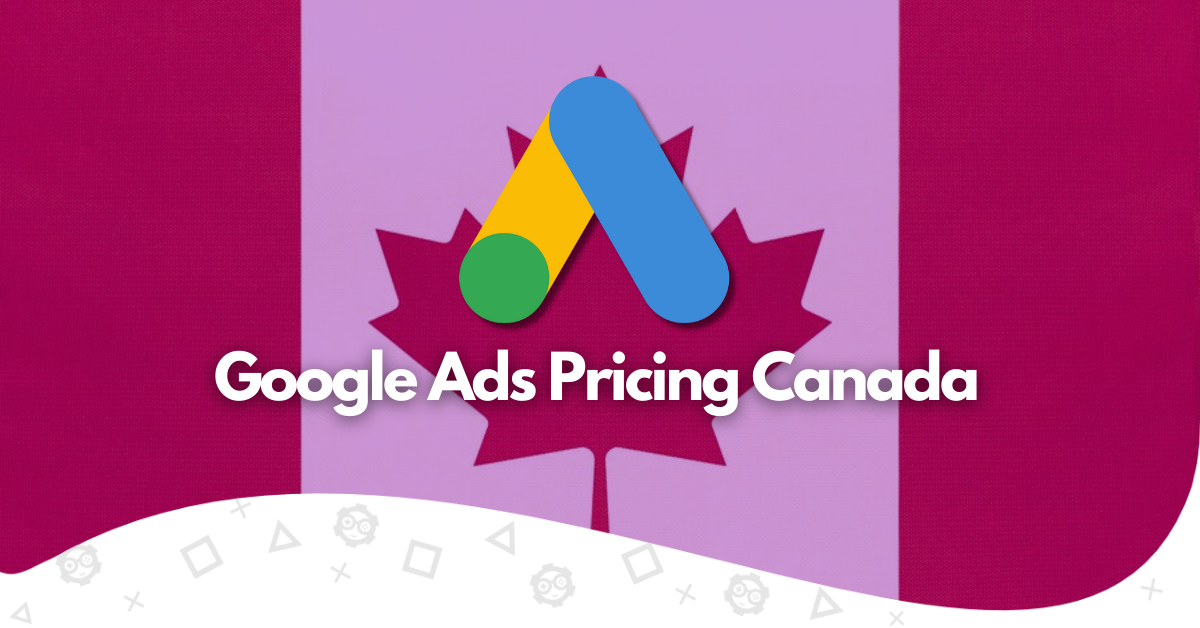Google Ads is a must-use platform that all marketers, retailers, and advertisers eager to promote their products and services must utilize to reach target audiences locally or worldwide. Many businesses refrain from using the platform due to a lack of understanding of how it operates and uncertainty about the potential increase in their marketing budget.
This is why we’re here: to give you a quick gaze at Google Ads Pricing Canada and how to manage your Google Ads budget during your digital marketing campaigns in the great white north!
In this article, you will find the answers to the following questions:
- How much do Google Ads cost your business in Canada?
- What are the key factors that determine the cost of running Google Ads in Canada?
- What are the best practices to manage a prudent budget when implementing advertising campaigns?
What is Google Ads?

Source: Webfx.
Google Ads, formerly known as Google Adwords, is the global platform of the American giant of the same name whose purpose is to allow business owners, marketers, retailers, and advertisers to display ads through the different channels of Google inventory. It means the Google Search Network, Google Display Network, YouTube, Gmail, and other sites. In this way, interested parties can display search ads on Google search engine results pages along with thousands of sites around the world, thanks to display ads, YouTube channels, etc.
How Does Your Google Ads Account Calculate the Cost of Your Campaign?
Since Google Ads works through a PPC model, there is no set cost for advertising. Remember that you will only pay when a user clicks on the ads.
Cost per Click Model
It corresponds to a pricing model in which you pay only each time a user clicks on your ads. This is one of the most prominent models used by small and medium-sized businesses as they are interested in increasing their brand awareness. According to Forbes, ads that appear at the top of SERPs receive 92% of all click-through rates, highlighting the importance of implementing a PPC campaign, whether in Canada or any other country.
Cost per Conversion Model (Cost per Action)
As the name suggests, this pricing model involves paying each time a user completes a conversion within your website. It means everything from completing a purchase to subscribing to a newsletter. The conversion will depend on the objectives that you have determined are correct for your marketing campaign. In general, Google Ads defines a conversion as when a user clicks on the ad and becomes a real customer.
Some factors that can affect how much big, medium-sized, or small businesses spend are the following:
- The industry. In the next section, you will see that the average PPC that can determine the daily spend limit of a marketing campaign in Canada varies by industry.
- The competition. This point strictly applies to the above, as competition is different in each industry. Therefore, the more competitors, the higher the average cost of Google ads is likely to be in the UK, Australia, Canada, or wherever.
Note. Read our Google Ads Cost UK article to find out the average PPC in the British market.
- Targeting options. Custom segments, customer targeting, target audience, demographics, dynamic prospecting, revenue, and many other targeting options can affect your daily spending limit when running campaigns.
- Keyword quality: Ads with high-quality keywords or high-volume keywords are more likely to appear in search results with high purchase intent, which can lead to higher PPC but lower CPCs.
- Landing page quality: Ads that lead to high-quality landing pages typically result in more conversions, which can also lead to lower CPCs.
- Ad quality: Ads with rich copy and an effective call to action generally get more clicks, which can also lead to lower CPCs.
What Is the Average Ad Spend in Canada for Google Ads Campaigns?

Source: Wordstream.
In general, and just like it happens in most countries, the amount you will spend for ads will depend on the industry in which your business carries out its activities.
Still, According to Statista, the average CPC across all industries in Canada in May 2023 is around $1.23 U.S. dollars. However, as WordStream mentioned, Canada has an average CPC of 29 percent less than the US average, which is between $1 and $2.
So, How does Google Ads determine your cost-per-click? How much does Google Ads cost in Canada?
The more quality, competitive, and profitable the industry your business is in, the higher the advertising budget you need to disburse to be competitive in the market. In general, industries that are closely related to technology and legal services have the highest Google Ads costs in Canada.
Average PPC cost by industry in Canada
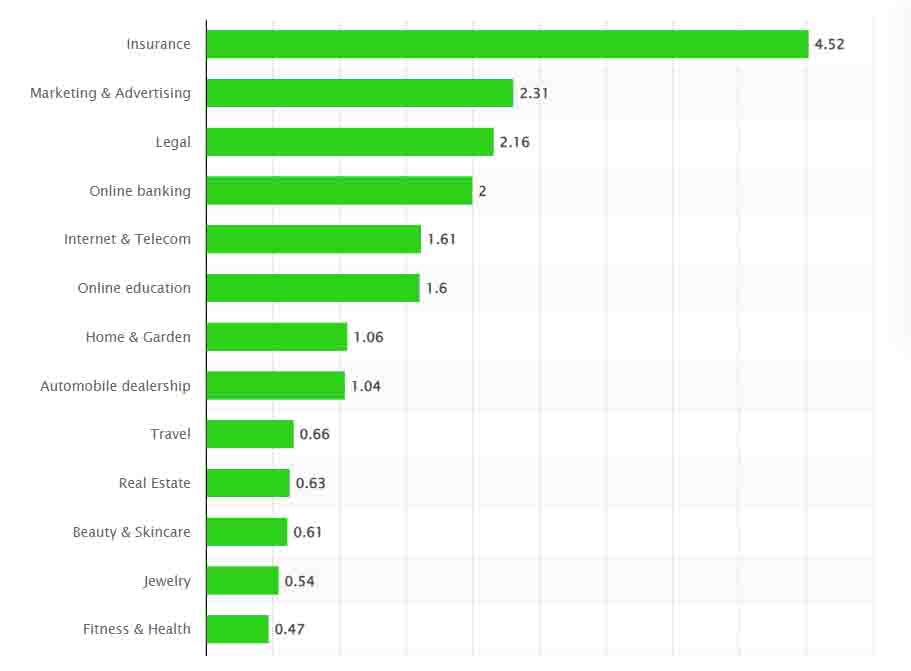
Source: Stastista.
Note. Expect to spend between $1,000 to $5,000 per month for a well-optimized PPC campaign in Canada.
Best Practices to Lower Your Business PPC Ad Budget and Get the Same Results
You can still apply some strategies and tips to lower Google advertising cost for small business or even a bigger enterprise that consider several factors of Google Ads pricing. Let’s see the most effective way you can use it right now.
- Use Google Keyword Planner to Analyze Your Target Keywords and Estimate the CPC
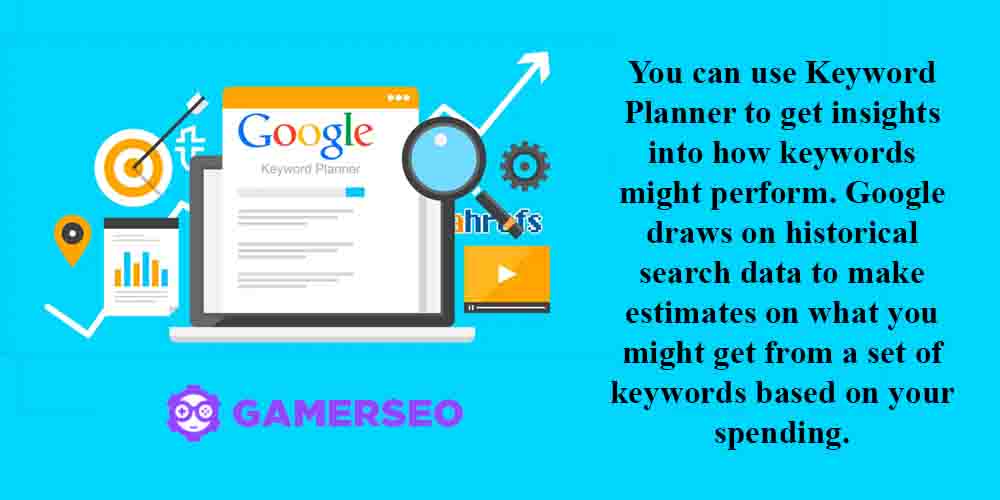
Source: Support.Google.
As we mentioned in a previous section of this article, one of the factors that Google uses to determine pay-per-click costs or cost per conversion are keywords, whether exact match or long-tail.
Please note that when creating your Google Ads campaigns, regardless of whether you are creating a Google Search, Google Display, or PMax campaign, you can bid on each keyword that you believe is relevant to your business.
For this reason, it is essential that you previously determine the best keywords based on their volume, search intent, conversion rates, and other factors. In this sense, using Google Keyword Planner or any other similar tool is essential to start creating and managing an adequate PPC campaign, whether in Canada or any other country.
- Use More Long-Tail Keywords Rather than Highly Specific Keywords

Source: Brigthedge.
As we mentioned, Google Ads determines ad costs based on keywords, but there are different types of keywords, mainly short or exact keywords and long-tail keywords. The latter are true gems since few content creators know which are the right ones for a particular industry and how to use them naturally.
In other words, only a few retailers bid on long-tail keywords, which should lower the average bid for those keywords. In this sense, you can easily win the auction when it comes to showing ads related to those keywords if your bid is a little above the rest.
- Try to Get the Highest Ad Rank on Google and the Quality Score Possible
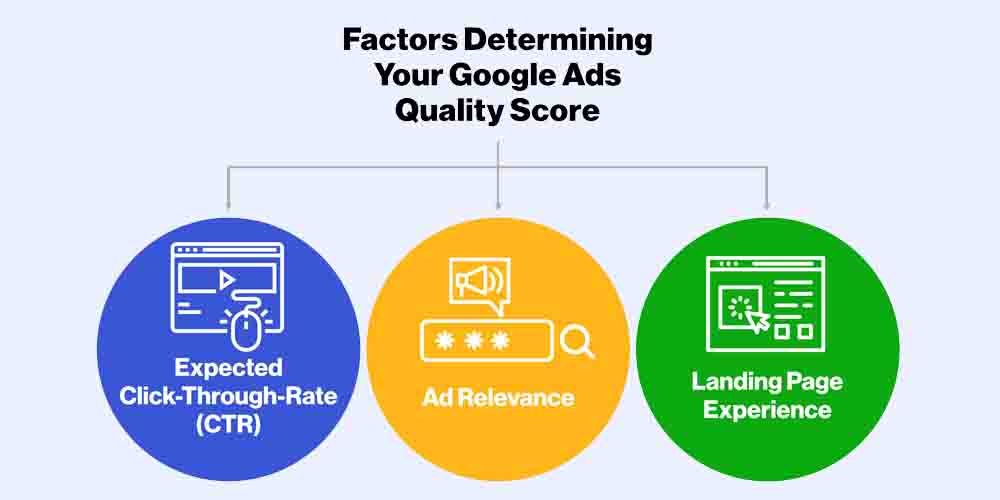
Source: Deskera.
The Ad Rank Google is a numerical value that Google Ads uses to determine if your ads can be displayed, or not, across several channels and inventories. Google Ads also uses the number to determine the page or pages where your ads can be displayed.
Keep in mind that there are many popular and highly-populated sites where displaying an ad is very useful and profitable for your business. This way, having a good Ad Rank will not only help you to position your advertisements but also will lower keyword bids.
As such, the Quality Score is equally important since it gives you a specific score in comparison to other advertisers at an ad group level. If Google determines that your Quality Score is higher than others, you will probably spend less on each keyword bid.
- Use Ad Extensions
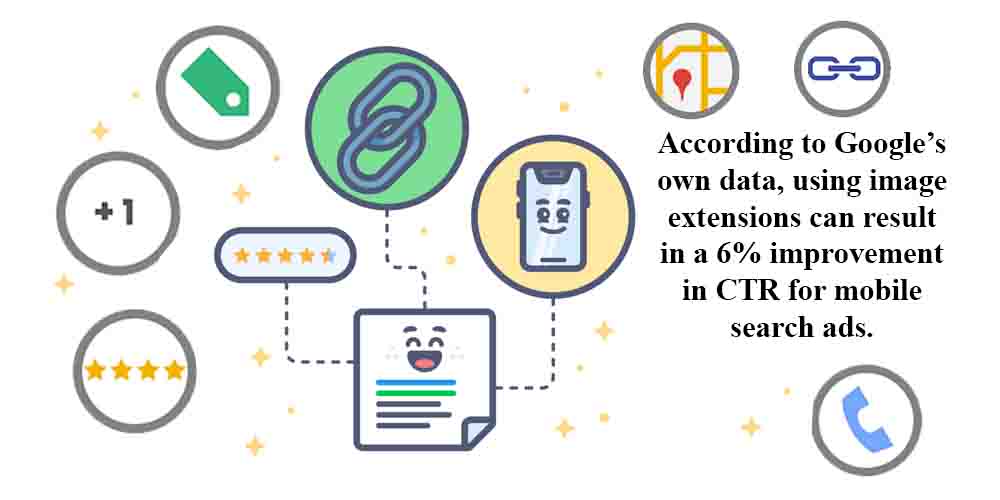
Source: Support.Google.
Ad extensions are additional pieces of information that you can insert when creating ads for your Google search campaign. Extensions expand the size and visibility of ads adding crucial data that can be relevant to buyers making a purchasing decision. This way, Google Ads rewards ads containing comprehensive and useful extensions. Some fundamental extensions are:
- Callout extensions;
- Sitelink extensions;
- Structured snippet extensions;
- Location extensions;
- Image extensions;
- Promotions extensions;
- App extensions.
Since Google prioritizes ads with these extensions – keep in mind that you want to promote products in Canada – you’ll get a higher Quality Score, which eventually will allow you to reduce your maximum bid and better achieve your monthly spending limit.
- Focus on Low-Volume Keywords

Source: Theblogsmith.
We previously discussed long-tail keywords in a previous section, but keep in mind that keywords are the cornerstone of every Google Ads campaign, regardless of type, maximum bid limits, and other factors that determine the PPC.
In general, long-tail keywords are low-volume, but not all low-volume keywords are long-tail. That said, you should look for all types of low-volume keywords, as by implementing them, you can set maximum bid limits that are lower than other keywords you may encounter.
Focusing on these types of keywords allows you to create better bidding strategies as you can allocate a lower daily average budget to these keywords and perhaps allocate a higher budget to highly competitive keywords with the highest intent. Comprehensive use of both types of keywords will allow you to take advantage of the balances since you can manage the bid manually.
Simply put, some keywords have high search volume, so many marketers are bidding on that keyword, which increases the cost per click for that keyword. On the other hand, keywords with low search volume have a lower cost per click.
- Use Automated Bidding
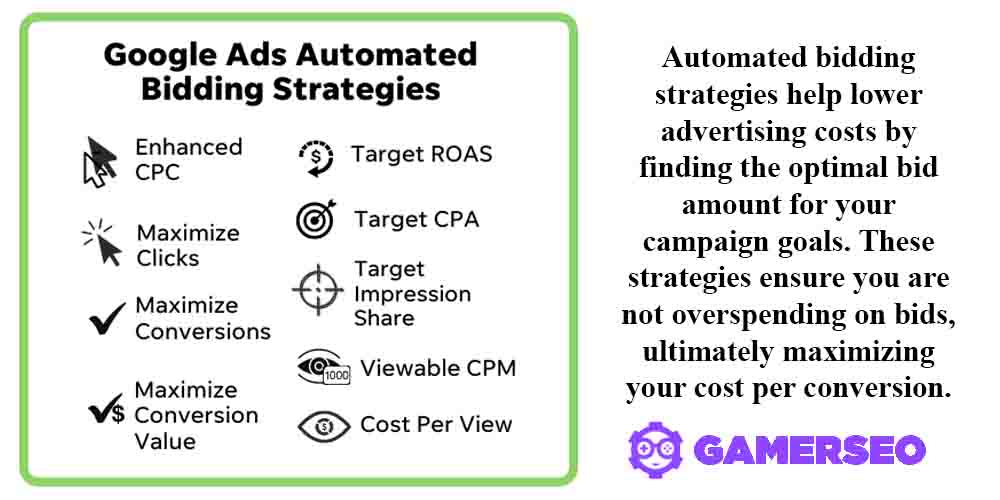
Source: Surfsideppc.
Although you can implement a manual bidding strategy to run campaigns and get a lower PPC cost for the same keyword, often the best alternative is to apply an automated bidding strategy, as Google Ads will consider all aspects of your business to select the best offer.
Automated bidding works very well when it comes to local businesses trying to stay one step ahead of their competitors in the local environment since there is smaller competition. Also, the right approach should be to implement a Performance Max campaign, as you can get a higher conversion rate and click-through rate with a lower monthly budget. This is also a good option for small businesses that don’t know exactly how much money to allocate in their first strategies. Automatic bidding will allow them to manage spending limits better.
- Work Hand-to-Hand with a Professional Marketing Agency

Working with a professional PPC agency can be the best solution for most companies looking to reduce the cost of Google Ads or better manage the budget allocated for these purposes. A comprehensive professional marketing agency like GamerSEO will help them set daily average budgets based on industry, competition, and keywords to deliver similar or better results with a lower keyword bid.
Since GamerSEO will consider the numerous factors that affect the costs of your ads, the agency will find the right balance between budget and results, putting all its efforts into your growth and obtaining the best results. And you’ll surprise yourself with the Google Ads agency cost!
Wrapping It Up
Most businesses, retailers, marketers, and advertisers don’t know that they can boast complete control over the budget they spend daily on their ads. A crucial factor is the keywords you use and the amount you bid for them. At worst, you’ll pay a little more than average, but with a professional marketing agency, that amount will probably be less than expected. Consequently, we invite you to contact the GamerSEO team to discuss your case and find the best solution for it. Thanks to our team of professionals you will obtain better performance with a medium or minimal cost per action.

A PPC specialist who started with organic social media. For several years, the core of his activities are:- Google Ads, Microsoft Ads, Meta Ads, TikTok Ads, Twitter Ads, Linkedin Ads. He has led campaigns with a global reach, e.g. for FootballTeam, G2A, ETOTO, as well as many smaller campaigns in the sports, construction and financial industries. Has full focus on ROAS. Privately, a fan of football, history of wars and Star Wars.

